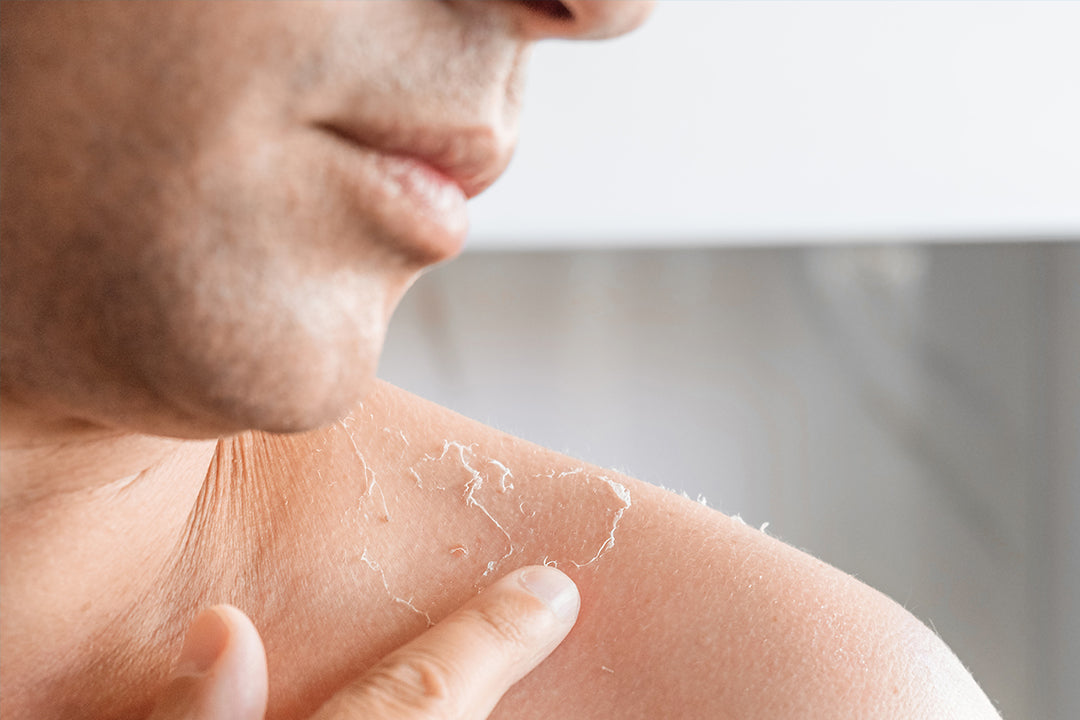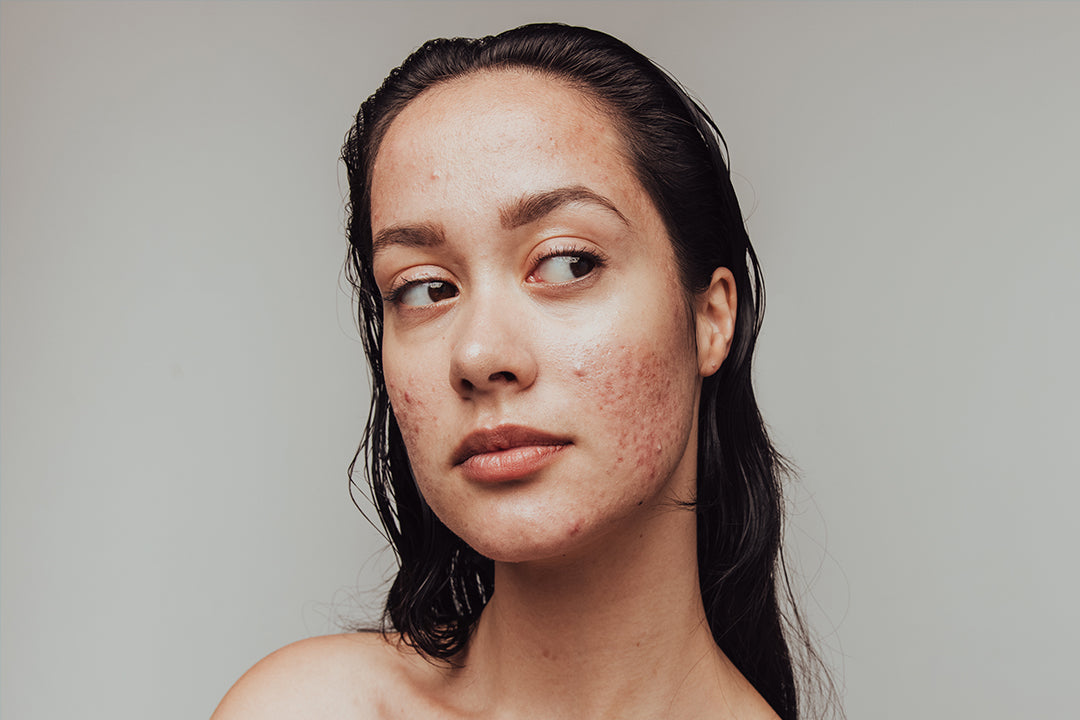When it comes to skincare, one ingredient that has gained significant recognition is salicylic acid. Many people admire its ability to effectively provide clarity, especially for those prone to acne and frequent breakouts. With such a potent powerhouse in your skincare routine, you may wonder whether salicylic acid also acts as a chemical exfoliant.
What is Salicylic Acid?
Salicylic acid is a beta hydroxy acid (BHA) that is derived from willow bark. It is known for its ability to penetrate deep into the pores and exfoliate the skin from within. This makes it an excellent ingredient for treating acne and breakouts, as it helps to unclog pores and remove dead skin cells.
Is Salicylic Acid an Exfoliant?
Yes, salicylic acid is considered a chemical exfoliant. Unlike physical exfoliants, such as scrubs or brushes, which physically remove dead skin cells from the surface of the skin, chemical exfoliants like salicylic acid work by breaking down the bonds between skin cells, allowing them to be easily shed. This gentle yet effective exfoliation helps to improve skin texture, reduce the appearance of blemishes, and promote a clearer complexion.
Do I Need to Exfoliate If I Use Salicylic Acid?
While salicylic acid itself provides exfoliation, it may still be beneficial to incorporate additional exfoliation into your skincare routine. This is especially true if you have a buildup of dead skin cells or if you want to target other skin concerns.
What Kind of Exfoliator Should I Use?
When choosing an exfoliator to use alongside salicylic acid, it's important to consider your skin type and concerns. There are two main types of chemical exfoliants: alpha hydroxy acids (AHAs) and beta hydroxy acids (BHAs).
Alpha Hydroxy Acids (AHAs)
AHAs, such as glycolic acid, lactic acid, and mandelic acid, work by dissolving the glue-like substance that holds dead skin cells together. They are excellent for improving skin texture, reducing the appearance of fine lines and wrinkles, and promoting a more radiant complexion. However, AHAs can be more irritating and may not be suitable for those with sensitive skin.
Beta Hydroxy Acids (BHAs)
BHAs, like salicylic acid, are oil-soluble and can penetrate deep into the pores. They are particularly effective for treating acne and breakouts, as they can help to unclog pores and reduce inflammation. BHAs are generally better suited for oily and acne-prone skin types.
The Bottom Line
Salicylic acid is indeed a chemical exfoliant that can help to improve skin clarity and treat acne. However, incorporating additional exfoliation into your skincare routine, such as AHAs or BHAs, can provide even more benefits. It's important to choose an exfoliator that suits your skin type and concerns. Remember to always follow the instructions provided with each product and be consistent with your skincare routine for best results.









